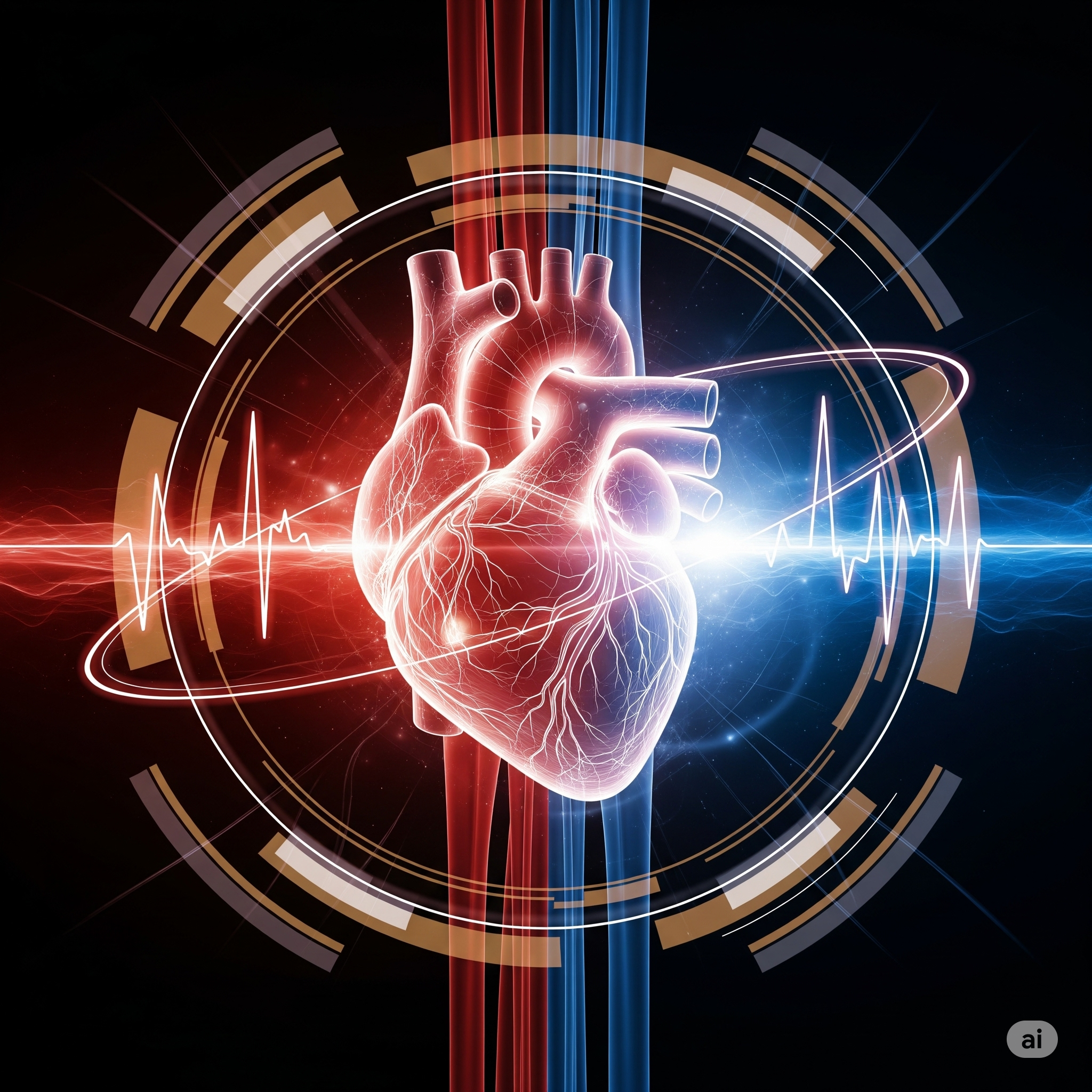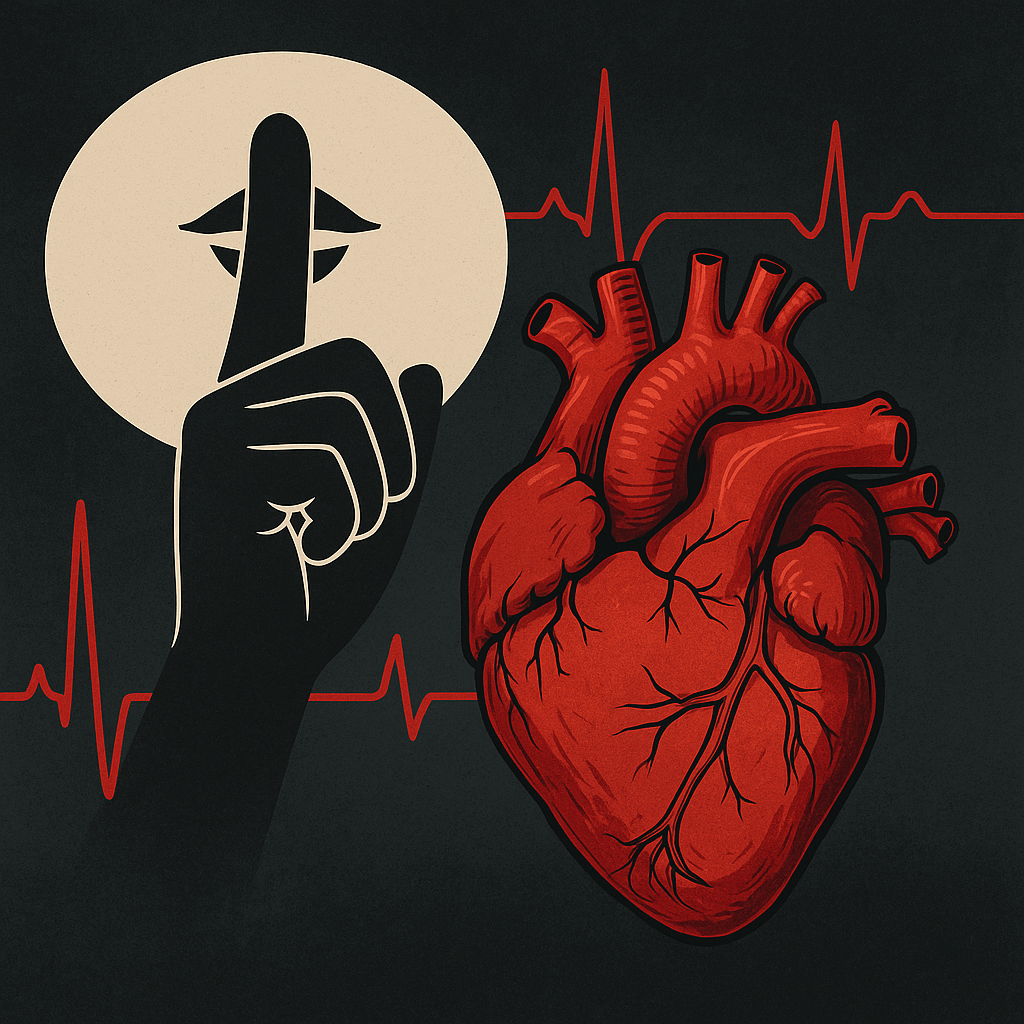🧬 Introduction
The global burden of cancer is rising at an alarming rate. While early detection and pharmacological treatments remain pivotal, recent scientific attention has shifted toward lifestyle interventions, particularly exercise. This review in Cancer and Chemotherapy (2023) presents compelling evidence that exercise is not just complementary but essential in both the prevention and treatment of cancer.
Exercise exerts its benefits not only by improving quality of life but by modulating the biological mechanisms underpinning tumor initiation, growth, and progression. From reducing systemic inflammation to enhancing immune surveillance, physical activity is now emerging as a cornerstone of integrative oncology.
📚 Historical and Epidemiological Perspective
The paper highlights that data linking physical activity and cancer dates back to the 1980s, yet only recently has exercise been evaluated through rigorous clinical and mechanistic research. Observational studies show:
- A 10%–40% reduced incidence of breast, colon, endometrial, bladder, kidney, and esophageal cancers among physically active individuals.
- Physical inactivity is considered a modifiable risk factor for at least 13 types of cancer.
Notably, the World Health Organization (WHO) and American Cancer Society (ACS) now include exercise in their official cancer prevention guidelines.
🧠 Molecular and Cellular Mechanisms
Exercise interacts with the body on a cellular level through the following core pathways:
1. Hormonal Regulation
Physical activity lowers circulating insulin, IGF-1, and estrogen levels, which are known promoters of cancer cell proliferation.
2. Inflammation Suppression
Exercise reduces C-reactive protein (CRP) and TNF-alpha, two key markers of systemic inflammation that are implicated in cancer pathogenesis.
3. Immune Modulation
Regular physical activity:
- Enhances natural killer (NK) cell activity
- Improves T-cell surveillance
- Increases interleukin-6 (IL-6), which has anti-tumoral properties when released during exercise
4. Oxidative Stress & DNA Repair
Exercise promotes:
- Upregulation of antioxidant enzymes (e.g., SOD, catalase)
- DNA repair enzymes that mitigate mutations caused by reactive oxygen species (ROS)
These mechanisms not only prevent oncogenesis but may slow tumor progression and reduce recurrence rates.
💪 Exercise as Adjunct to Cancer Therapy
In patients already undergoing treatment, exercise demonstrates profound benefits:
- Improves tolerance to chemotherapy and radiotherapy
- Reduces treatment-related fatigue
- Preserves muscle mass and bone density
- Enhances cardiovascular and pulmonary function
- Decreases anxiety and depression levels
- Maintains functional independence
A standout randomized trial in breast cancer patients showed that a 12-week supervised aerobic and resistance program significantly improved both disease-free survival and psychological resilience.
🔬 Clinical Trials and Evidence
The review analyzes over 25 clinical trials demonstrating exercise efficacy during and after cancer treatment. Highlights include:
- CHALLENGE Trial (colon cancer): Improved 3-year disease-free survival with aerobic training
- ABCSG-18 (aromatase inhibitors): Exercise reduced musculoskeletal symptoms and improved adherence
- EXCAP Study (hematologic malignancies): Decreased treatment toxicity in older adults with leukemia and lymphoma
Importantly, these studies show that even light-to-moderate exercise confers measurable benefits.
🧭 Types of Exercise That Help
The paper categorizes exercise into aerobic, resistance (strength), flexibility, and neuromotor (balance) components. Among them:
- Aerobic (e.g., walking, cycling, swimming) is most widely studied
- Resistance training combats sarcopenia and chemotherapy-induced fatigue
- Yoga and Tai Chi help with balance, flexibility, and mental clarity
Minimum Recommendations:
- 150–300 min/week moderate aerobic activity, or
- 75–150 min/week vigorous activity
- Plus 2 sessions/week of resistance training
🌍 Global and Public Health Implications
Sedentary behavior contributes to over 130,000 cancer-related deaths annually worldwide. Integrating physical activity into public health policies could:
- Save billions in healthcare costs
- Prevent recurrence in survivors
- Improve global cancer survivorship statistics
Barriers:
- Treatment fatigue
- Lack of knowledge among providers
- Limited access to supervised programs
The review calls for exercise to be prescribed like a drug: individualized, dosed, and monitored.
🧘♀️ Psychosocial & Quality of Life Benefits
The paper also reviews the profound mental health benefits of exercise in cancer populations:
- 30–50% reduction in anxiety and depressive symptoms
- Improved sleep quality
- Reclaimed autonomy and sense of identity
- Enhanced patient–clinician communication when exercise is discussed routinely
“Exercise gives patients back control,” one oncologist quoted in the paper says.
🧩 The Future of Oncology Includes Exercise
The authors advocate for:
- Integration of certified oncology exercise physiologists into care teams
- Digital health interventions (apps, wearables, tele-coaching)
- Exercise-as-medicine clinics at major cancer centers
- Broader clinical trial inclusion of diverse populations (older adults, minorities)
They conclude that “exercise must transition from optional to essential” in oncology care.
📣 Public Call to Action
“Cancer Doesn’t Have to Win — Movement Is Medicine.”
This paper makes the case that exercise is a scientifically grounded, universally accessible, side-effect-free “drug” against cancer. It improves prevention, treatment response, quality of life, and long-term survival. The oncology community can no longer afford to view exercise as an add-on—it must be standard of care.


